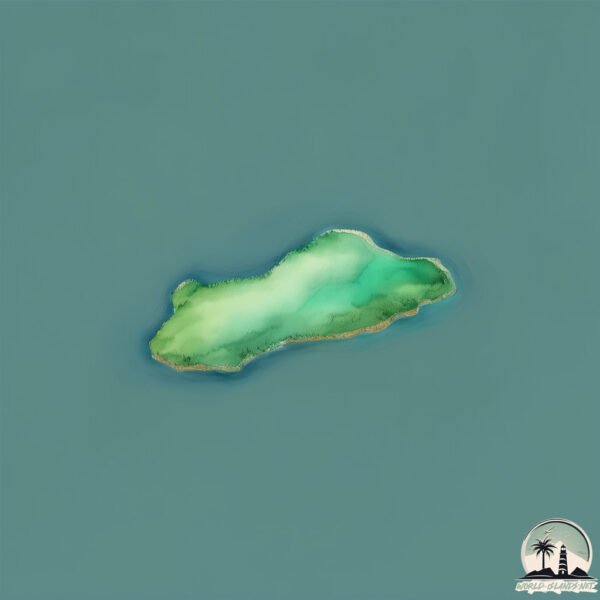Ostrov Observatoriya

Welcome to Ostrov Observatoriya, a Continental island in the Japan Sea, part of the majestic Pacific Ocean. This guide offers a comprehensive overview of what makes Ostrov Observatoriya unique – from its geography and climate to its population, infrastructure, and beyond. Dive into the details:
- Geography and Size: Explore the island’s size and location.
- Climate and Weather: Weather patterns and temperature.
- Topography and Nature: Uncover the natural wonders of the island.
- Infrastructure and Travelling: Insights on reaching, staying, and making the most of your visit.
- News and Headlines: Latest News.
Geography and size of Ostrov Observatoriya
Size: 0.142 km²
Coastline: 1.7 km
Ocean: Pacific Ocean
Sea: Japan Sea
Continent: Asia
Ostrov Observatoriya is a Tiny Island spanning 0.142 km² with a coastline of 1.7 km.
Archipel: –
Tectonic Plate: Amur – A minor tectonic plate in the region of the Amur River at the border of Russia and China, involved in complex interactions with the Pacific and Eurasian plates.
The geographic heart of the island is pinpointed at these coordinates:
Latitude: 51.46491901 / Longitude: 140.81430906
Climate and weather of Ostrov Observatoriya
Climate Zone: Continental
Climate Details: Warm-Summer Humid Continental Climate
Temperature: Warm Summer
Climate Characteristics: Features warm summers and cold winters with consistent precipitation, common in higher latitudes.
Topography and nature of Ostrov Observatoriya
Timezone: UTC+11:00
Timezone places: Asia/Vladivostok
Max. Elevation: 3 m
Mean Elevation: 1 m
Vegetation: Sparse Vegetation
Tree Coverage: 73%
The mean elevation is 1 m. The highest elevation on the island reaches approximately 3 meters above sea level. The island is characterized by Plains: Flat, low-lying lands characterized by a maximum elevation of up to 200 meters. On islands, plains are typically coastal lowlands or central flat areas.
Dominating Vegetation: Sparse Vegetation
These regions have limited plant growth, typically due to extreme conditions like aridity or poor soils. Vegetation is scattered and consists of hardy plant species. Ostrov Observatoriya has a tree cover of 73 %.
Vegetation: 1 vegetation zones – Minimal Diversity Island
These islands exhibit the most basic level of ecological diversity, often characterized by a single dominant vegetation type. This could be due to extreme environmental conditions, limited land area, or significant human impact. They represent unique ecosystems where specific species have adapted to thrive in these singular environments.
Infrastructure and Travelling to Ostrov Observatoriya
Does the island have a public airport? no.
There is no public and scheduled airport on Ostrov Observatoriya. The nearest airport is Bogorodskoye Airport, located 109 km away.
Does the island have a major port? no.
There are no major ports on Ostrov Observatoriya. The closest major port is DE KASTRI, approximately 3 km away.
The mean population of Ostrov Observatoriya is 0 per km². Ostrov Observatoriya is Uninhabited. The island belongs to Russia.
Continuing your journey, Ostrov Baydukova is the next notable island, situated merely km away.
Observatory Observation Station | World of Goo Remastered | Walkthrough, Gameplay, No Commentary
Russia is classified as Emerging region: BRIC: Brazil, Russia, India, and China – Economies noted for their rapid growth and increasing influence on global affairs. The level of income is Upper middle income.
News – Latest Updates and Headlines from Ostrov Observatoriya
Stay informed with the most recent news and important headlines from Ostrov Observatoriya. Here’s a roundup of the latest developments.
Please note: The data used here has been primarily extracted from satellite readings. Deviations from exact values may occur, particularly regarding the height of elevations and population density. Land area and coastline measurements refer to average values at mean high tide.
